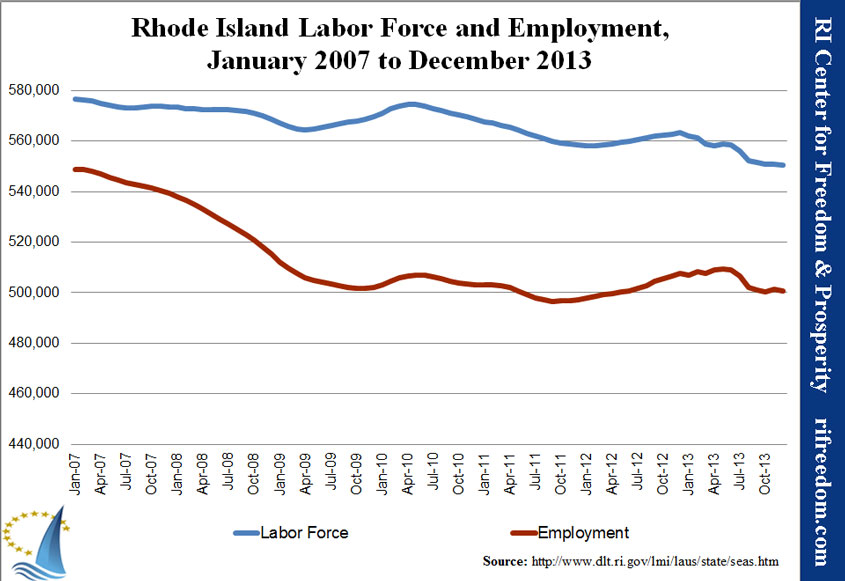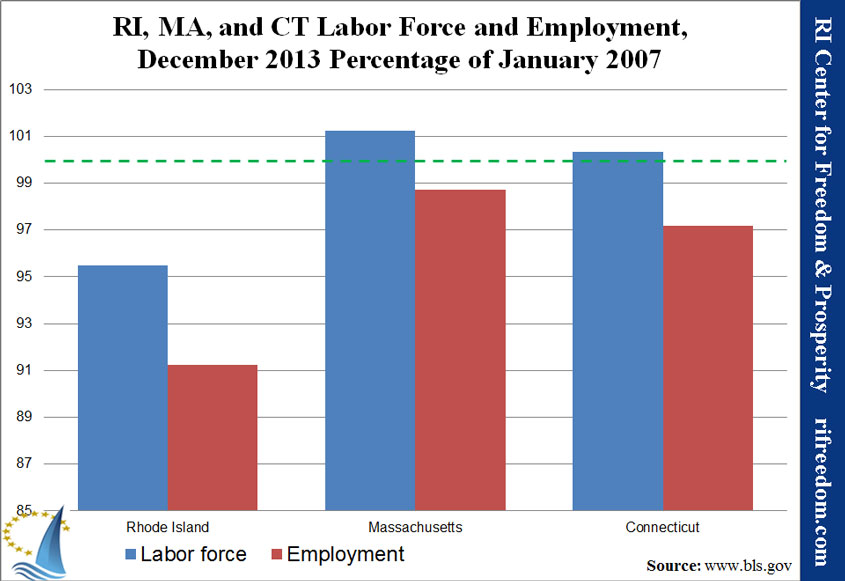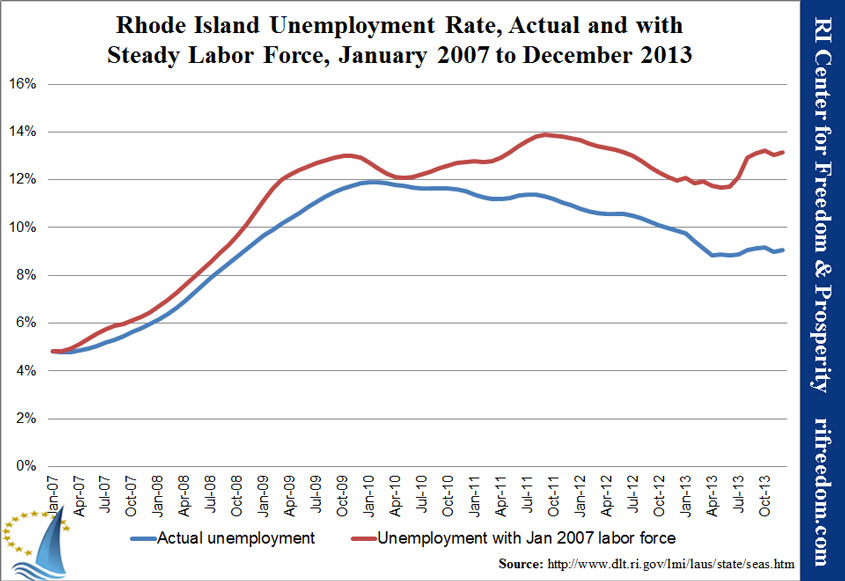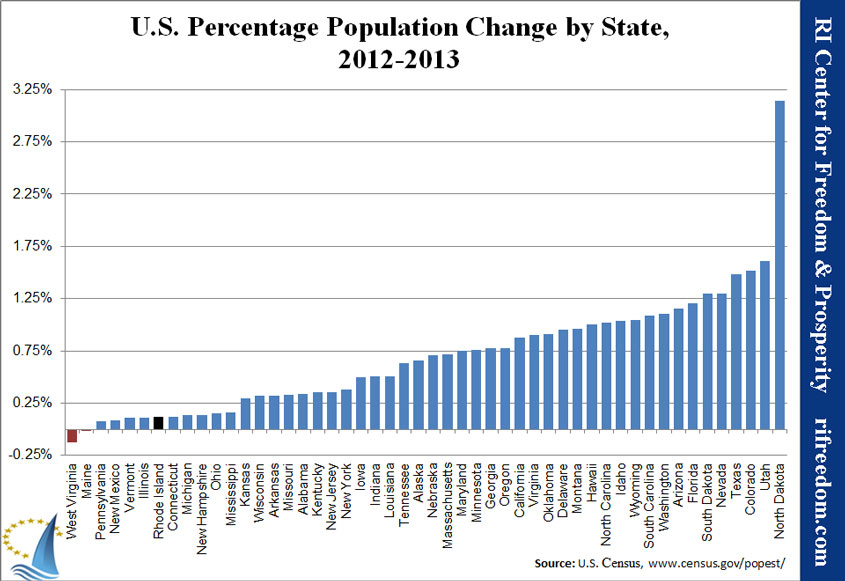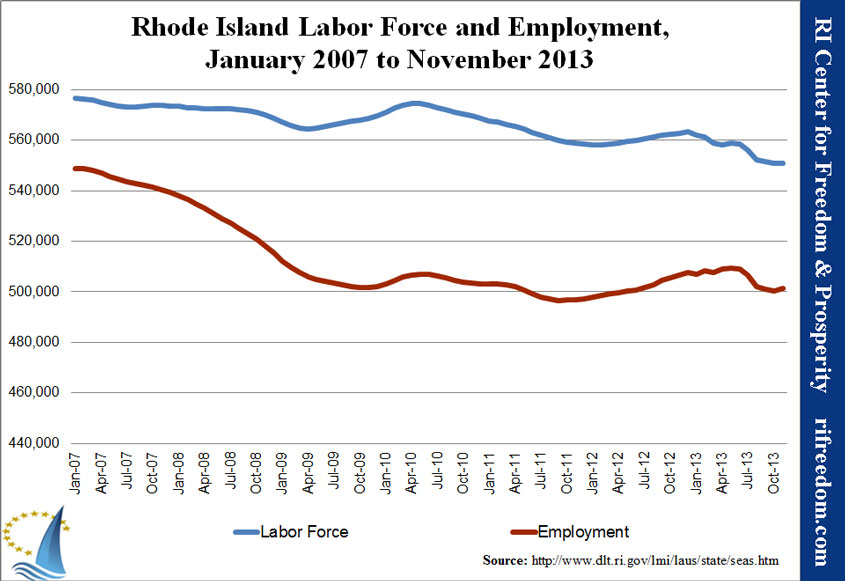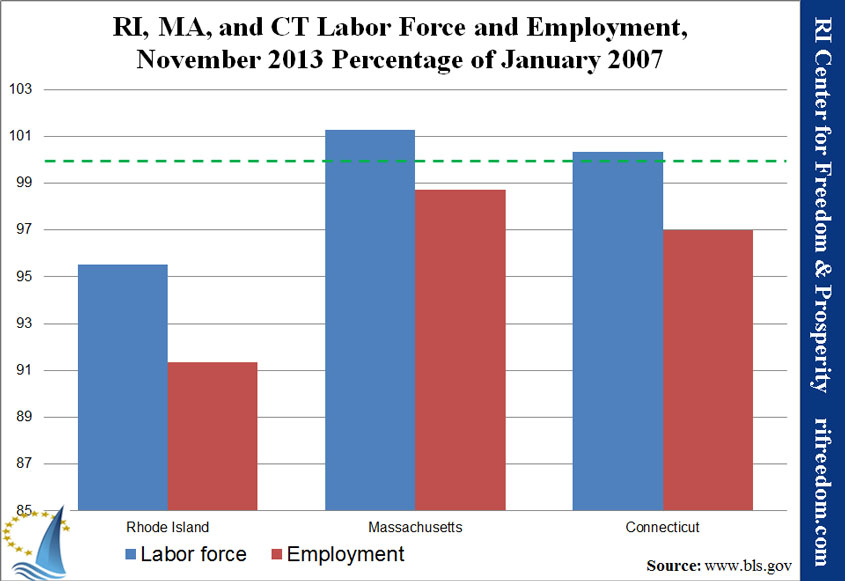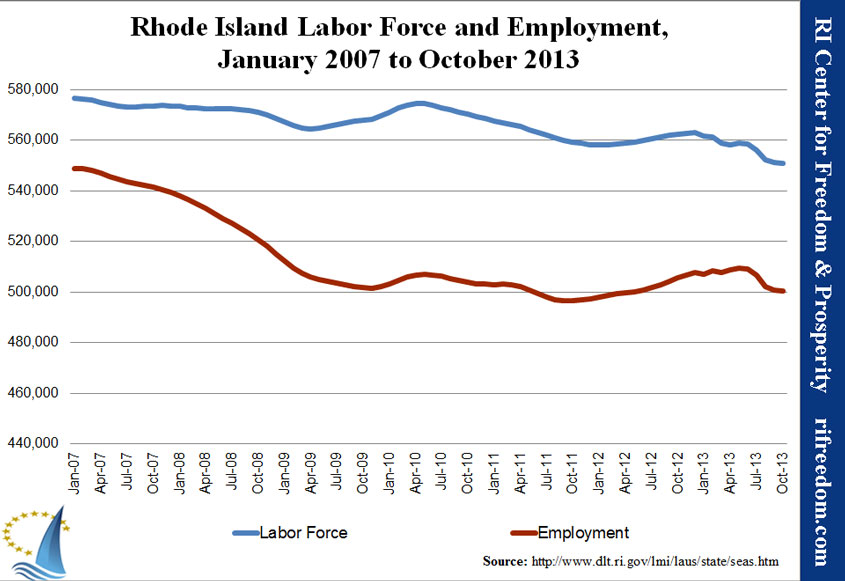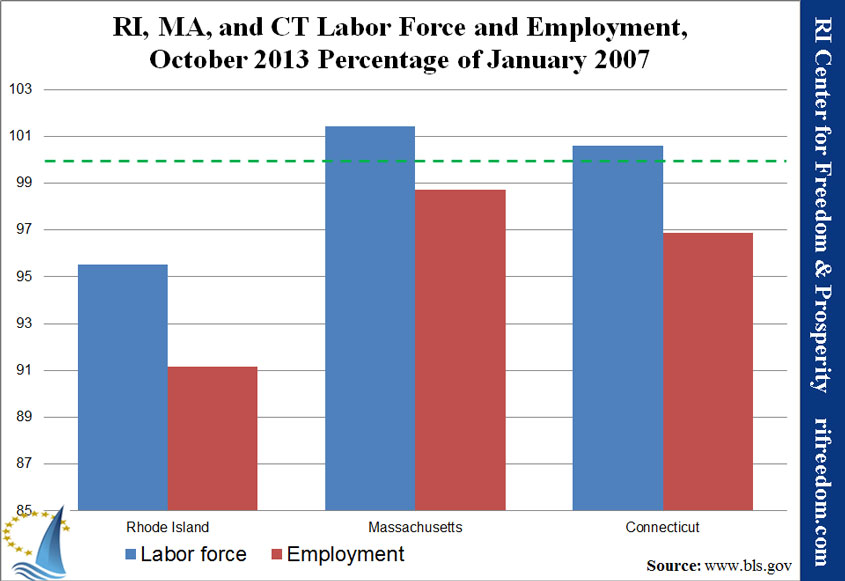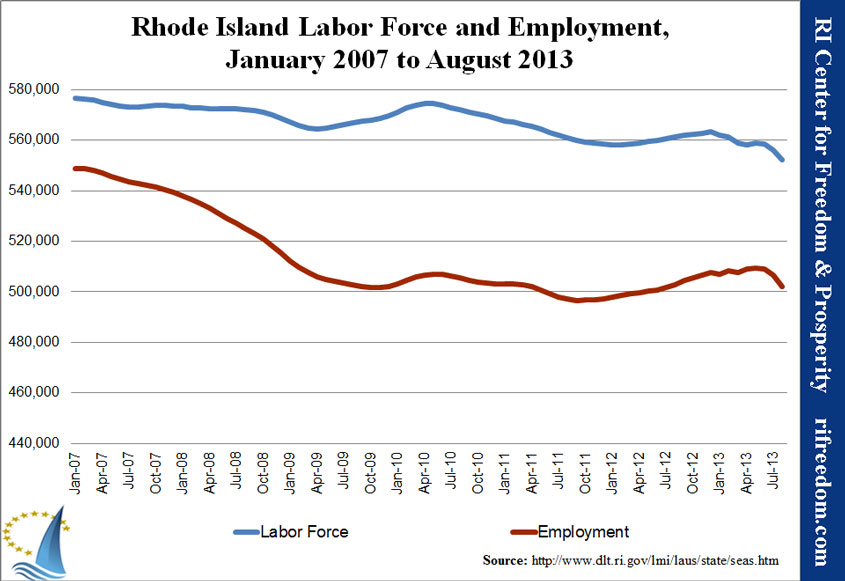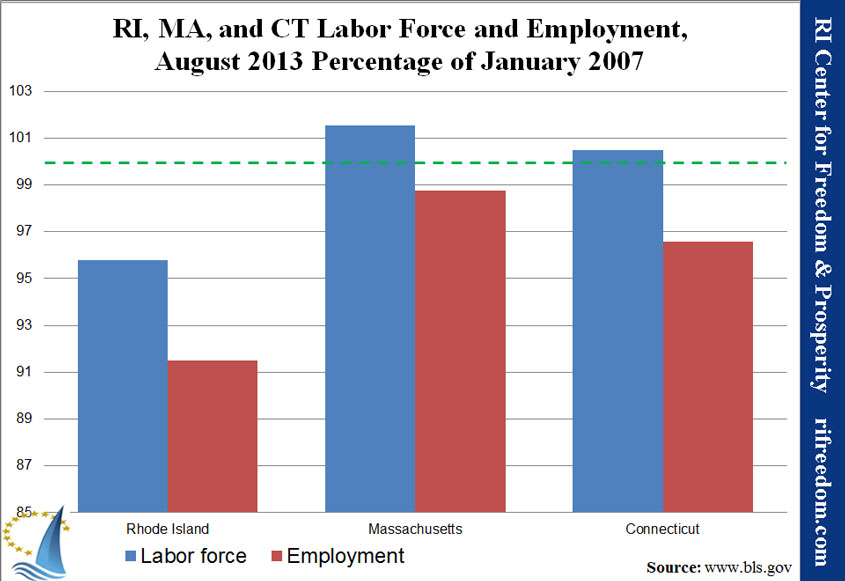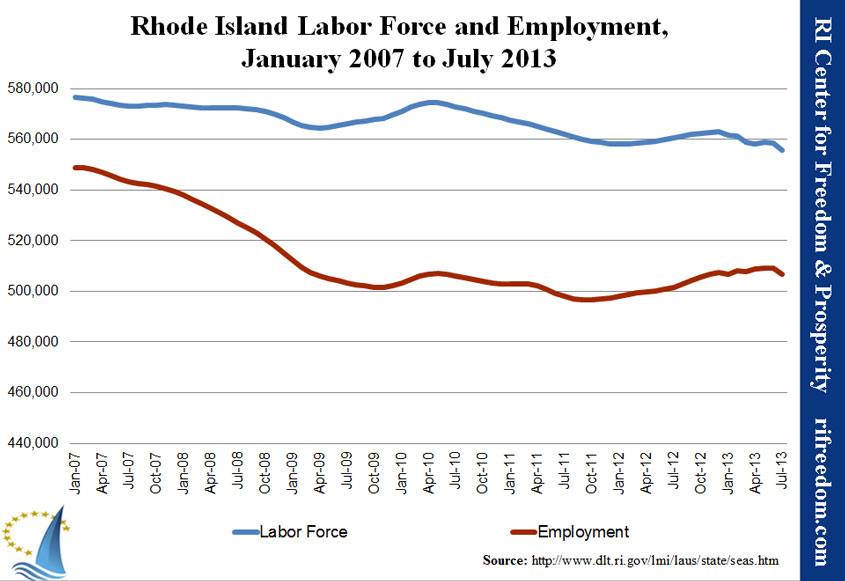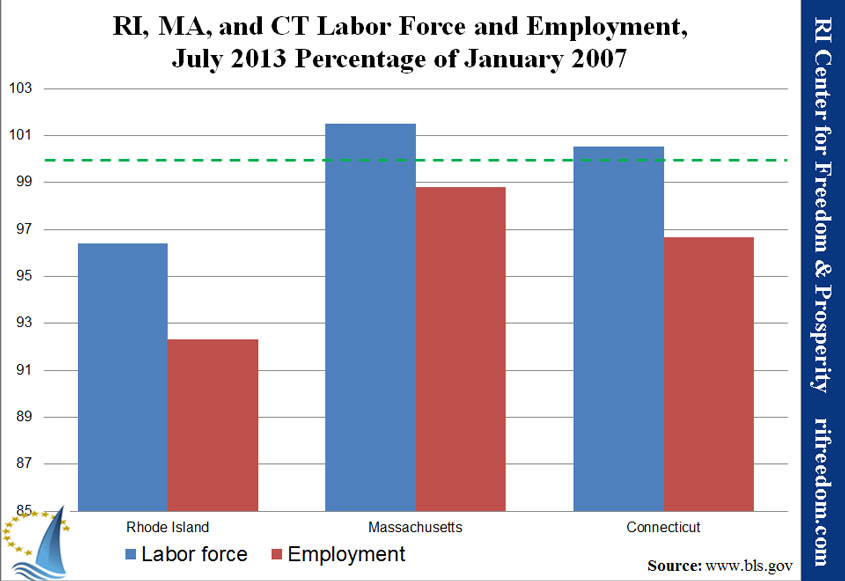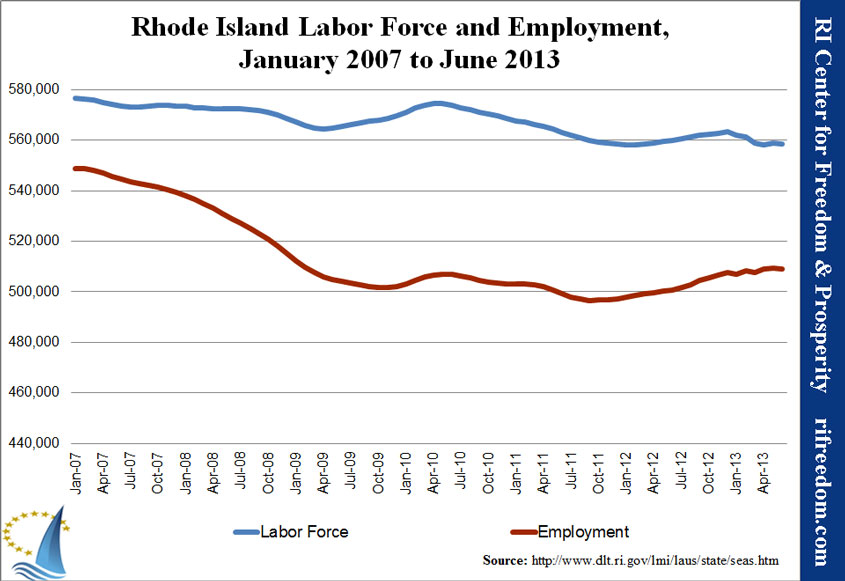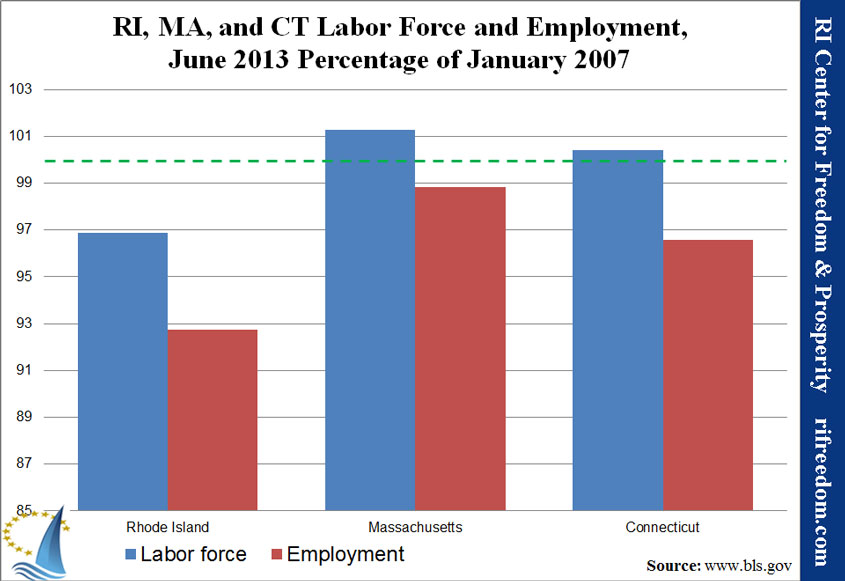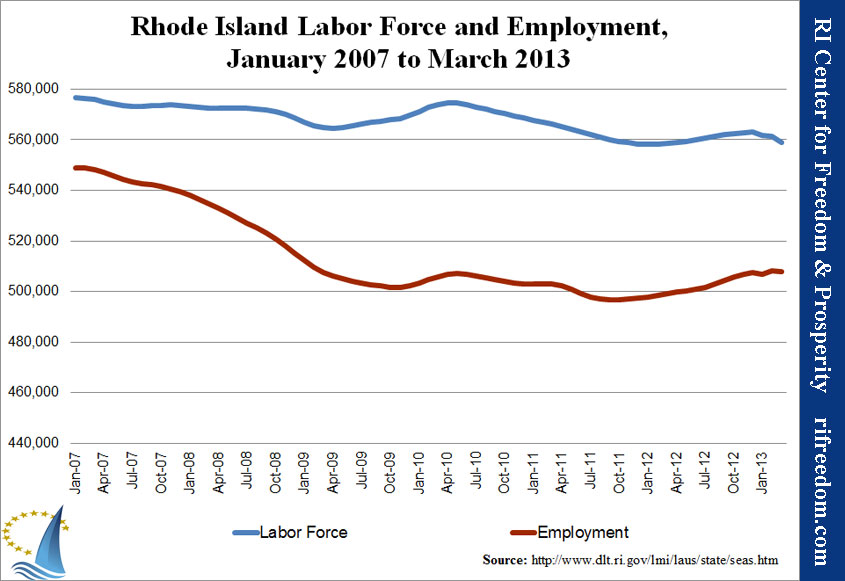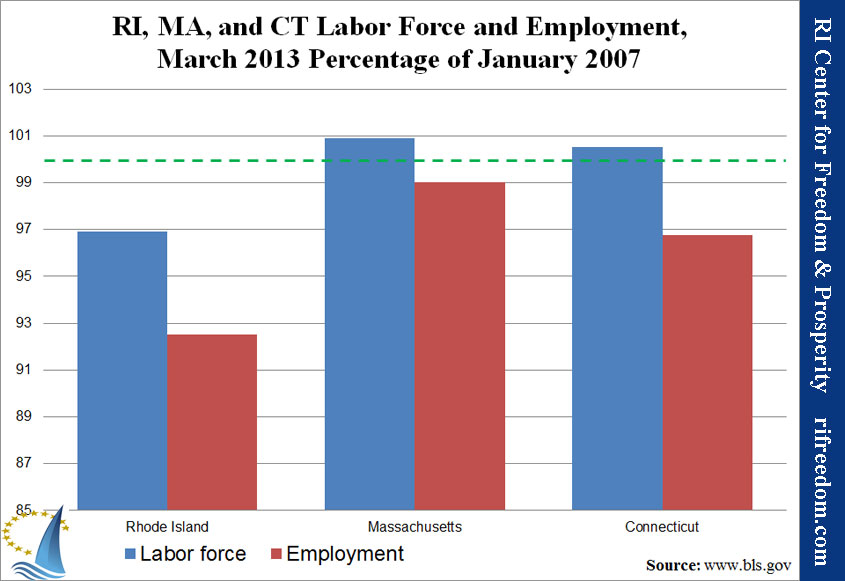At last night’s meeting of the Special Joint Legislative Commission to Study the Sales Tax Repeal Act of 2013, Director of Revenue Analysis in the Rhode Island Department of Revenue Paul Dion stated that municipalities would be prevented from realizing the increase in local revenue that the RI Center for Freedom & Prosperity’s RI-STAMP model projects by the cap that state law places on local property tax levies.* This is an issue that the Center investigated for our testimony on the bill, last legislative session.
The most important point in response is that Dion’s insistence that municipalities would have to forgo revenue “under current law” is largely irrelevant. Under current law, businesses must collect a 7% sales tax. In other words, an unprecedentedly large shift in current law would be necessary in order for municipalities to see those increases, anyway. A relatively minor addendum to allow expansion beyond the tax cap would be a simple adjustment after the fact.
The General Assembly could make that adjustment as part of the law, creating a one-time waiver of the cap for economic reasons, or it could make the adjustment during the next legislative session, when municipalities have had a chance to review their numbers for the next year’s budget. The legislators could also develop different language depending on their priorities. Requiring cities and towns to seek dedicated legislation for each increase would provide the greatest protection for taxpayers; allowing the Division of Municipal Finance greater leeway in granting waivers would provide significantly less protection for taxpayers, but place less burden on local officials.
Beyond the possibility of new legislation, however, Dion’s objection made no reference to the different sources of local revenue or to the allowances already in the law for exceeding the tax cap.
According to the regulations that the state Division of Municipal Finance has implemented, the tax cap applies only to the property tax levy. Regulation 2.08 explicitly excludes “licenses and fees” and “other miscellaneous municipal revenue” from that calculation. Removing such items from the RI-STAMP projection leaves $117.96 million of the projected increase that would actually be subject to the cap.
The same regulation also lists the various sources of state revenue that should not be counted under the cap, which includes “meals and beverage tax distributions” (representing a sales tax). Combined with state General Law 44-5-2(d)(1), which allows a municipality to exceed the cap if it “forecasts or experiences a loss in total non-property tax revenues,” this means that the cities and towns could exceed the cap by any amount that the state reduces aid directly because of the eliminated sales tax, or any other amount that the state determines to be advisable as part of the tax reform.
RI-STAMP estimates the direct loss in sales tax revenue to municipalities at $14.41 million, which would bring the amount of the overall projected increase subject to the cap down to $103.55 million.
Additionally, under General Law 44-5-2(d)(4), a city or town can exceed the tax cap if it experiences “substantial growth in its tax base” that necessitates new or additional municipal services. There would be some nuance, here, depending on the degree to which the growth is related to new construction, but there would likely be significant room to maneuver in the budget.
Finally, municipalities could choose, rather than exceed the cap, to pass on the benefit to residents in the form of property tax relief. Put in budgetary terms, the cities and towns would be making tax revenue expenditures that are not subject to the tax cap, because they reduce the tax levy, rather than expand it.
Putting some numbers to the analysis, data on the Municipal Affairs Web site (collected last spring for the purposes of the Center’s testimony**) projected FY12 property tax revenue for all cities and towns at $2.1 billion. Applying the STAMP increase that is subject to the cap to that amount suggests an increase of 5.58%. (That’s a high estimate, because levies have grown since then.) Assuming all cities and towns exceed the cap by the lost sales-tax revenue, the increase would be 4.90%.
The Center’s recommended approach would therefore be for Rhode Island’s cities and towns to take the windfall of a one-year increase of property taxes at the state cap, plus the amount needed to adjust for lost sales tax revenue, and then to reduce their property tax rates in order to provide the remaining $19.02 million dollars as tax relief for residents, who are still struggling to recover from the recession and subsequent lack of growth.
* These calculations assume instant implementation of Zero.Zero with the new fiscal year in July. The actual legislation submitted last year put implementation off until October, which would likely reduce the first-year property tax levy increase.
** A quick review this morning did not confirm this number, but it is presented here for illustrative purposes only.

